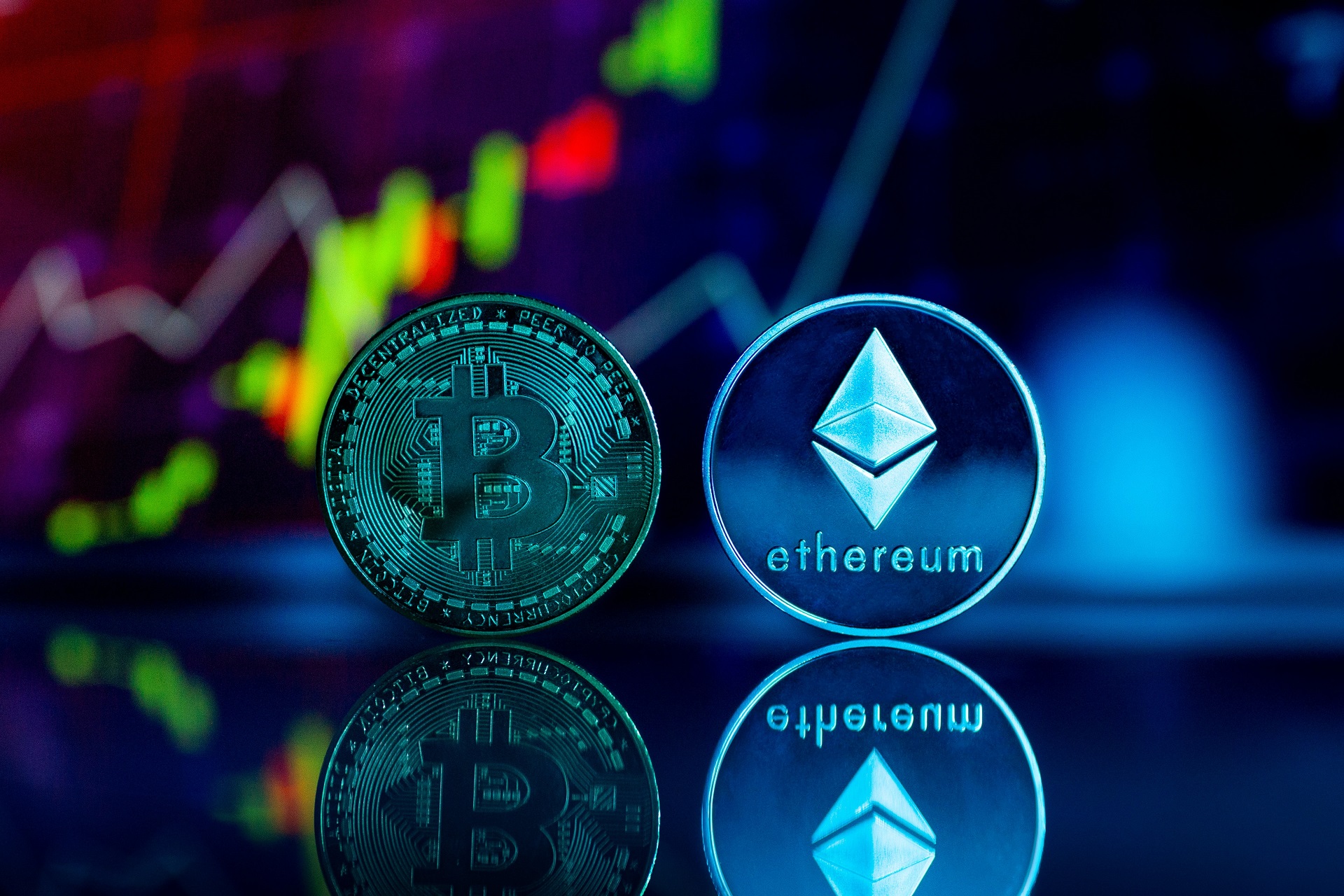Blockchain and cryptocurrency have taken the world by storm. Everyone’s heard of Bitcoin and the systems surrounding that particular crypto option, but it isn’t the only one for you to choose from. EOS offers an alternative.
What is EOS, and what should you know about it? This article will introduce you to five key things:
1. Building a Foundation
EOS launched in 2018 with the goal of creating an operating system for decentralized applications. Right now, Ethereum is considered the premier operating system (OS) for that application, but EOS, alongside parent company Block.One, is giving them a run for their money. The organization offered an initial coin offering (ICO) that lasted 12 months, raising an astonishing $4.1 billion. While its second ICO in 2019 wasn’t as lucrative, the brand has still built a solid foundation that will continue to move it forward for years to come.
2. Offering a Platform for Decentralized Applications
Traditional software is centralized, meaning it runs on a single computer. Everything you run on a standard computer or mobile device would be considered a centralized application. EOS works with decentralized applications — ones that run on a person-to-person (P2P) network of computers. EOS isn’t the first program to offer an OS for decentralized applications, however.
It’s been around since the beginning of P2P networks, and while the platform might sound challenging, it operates just like any other software program. The difference is in the “where” rather than the “how.”
The system relies on developers to create user accounts, who program them with permission levels and security protocols to determine how each account can access the applications and blockchain as a whole. EOS is valuable because it’s easy to modify and customize for personal and business uses.
3. Avoiding Competition With Proof of Stake (PoS)
Most cryptocurrency collection programs use a Proof of Work (PoW) system to add blocks to the chain. This PoW system uses digital miners to solve each piece of the puzzle to “mine” bitcoin and other cryptocurrencies. This collection style is why cryptocurrency miners get blamed for driving up the price of video cards, making them impossible to obtain for gamers.
Bitcoin miners would buy the cards in bulk, using the graphics processing units (GPUs) for extra processing power. Each successive bitcoin takes more power to mine, creating the need for more powerful P2P networks.
Proof of Stake (PoS), on the other hand, eliminates the need for competition while making the system more secure. In a PoW system, you simply need to have a computer more powerful than 51% of the network to add a malicious block to the chain. To do the same in a PoS system, you have to own more than 51% of the cryptocurrency in that network.
4. Speeding Up Transactions Per Second
One of the biggest challenges in blockchain systems like EOS and Bitcoin is the issue of transactions per second (TPS). A decade ago, it could take days to add a block to a Bitcoin blockchain. In 2017, users were still paying fees to keep their transactions from taking days. With more traditional payment processing servers like Visa capable of handling upward of 24,000 transactions per second, there was no way for Bitcoin and other blockchains to compete.
EOS claims they can process up to 3,996 TPS. Their original claim was that the decentralized system meshed with the PoS program could possibly handle millions of transactions per second.
5. Running Afoul of the SEC
It isn’t all sunshine and roses for EOS and parent company Block.One. In 2019, the company ran afoul of the U.S. Securities and Exchange Commission (SEC). The press release announced the company had to pay $24 million in penalties for the sale of unregulated securities in the United States.
Rather than contest the charge or try to reduce the fees, Block.One just paid the penalties and went along with their day. It was a drop in the bucket for them, representing roughly 0.58% of the funds the company raised during its first ICO.
This won’t be an issue moving forward. After the company paid its penalties, the SEC granted a waiver to EOS’ parent company, exempting them from further punishment and ensuring they continue to function within the law.
The Future of Digital Infrastructure
EOS is just one of the existing blockchain companies trying to improve transaction speed while decentralizing applications and making blockchain more accessible for individuals and companies. 2020’s coin offering wasn’t as popular as 2018’s, but enthusiasts aren’t giving up on the brand just yet.
Companies like this will continue shaping our digital infrastructure moving forward. Blockchain has enormous potential that we don’t have the technology or processing power to tap into quite yet, but we will likely see more innovations like these moving through the 2020s and beyond.
Recent Stories
Follow Us On
Get the latest tech stories and news in seconds!
Sign up for our newsletter below to receive updates about technology trends














